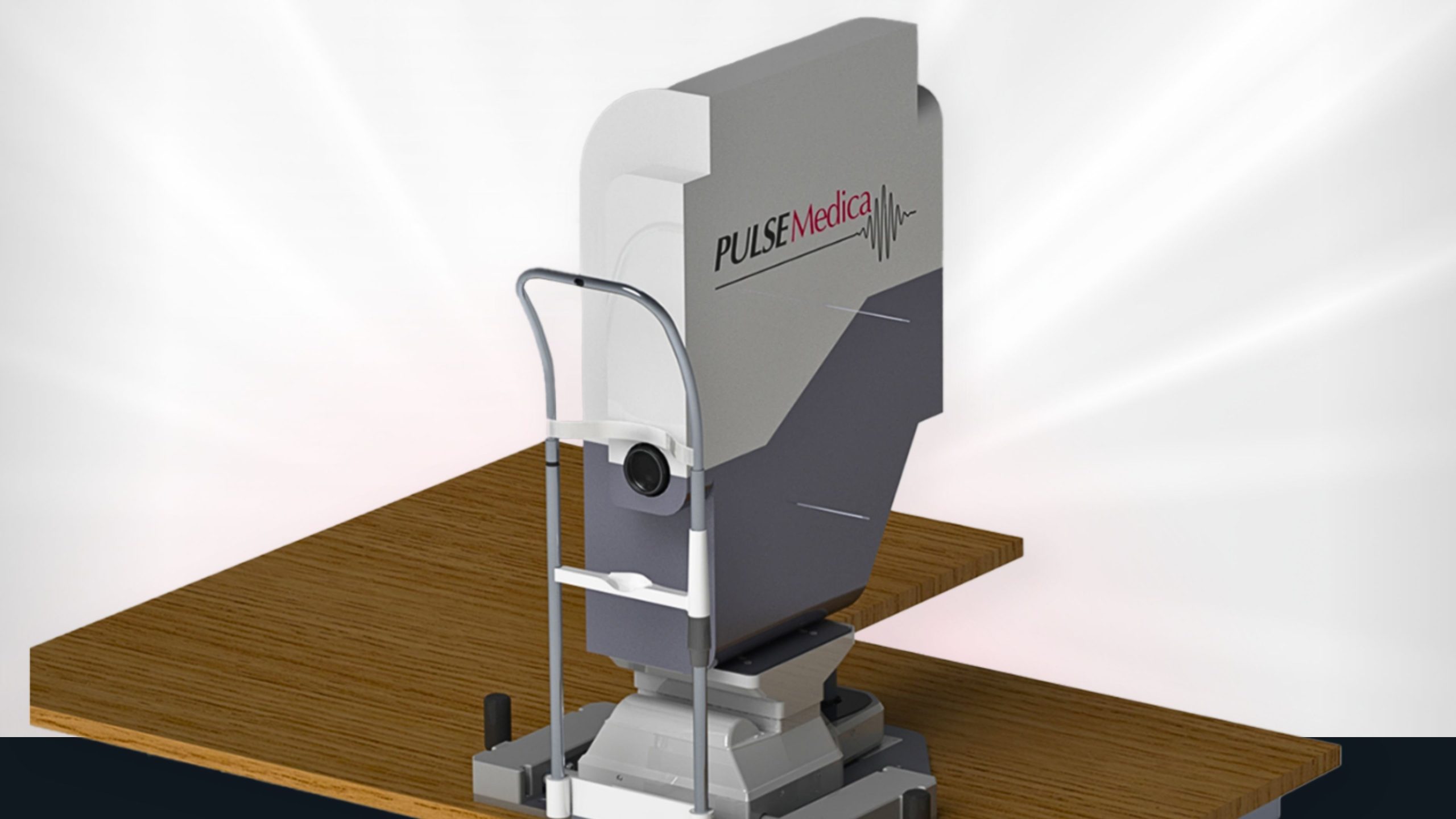Développement d’une technologie révolutionnaire pour le diagnostic et le traitement des maladies vitréorétiniennes
Voici la première plateforme laser non invasive et guidée par imagerie au monde pour les corps flottants et les troubles de l’œil postérieur
MESURES DU PROJET
Le défi
Les maladies vitréorétiniennes, comme les corps flottants, la dégénérescence maculaire liée à l’âge (DMLA) et la rétinopathie diabétique, constituent un fardeau sanitaire mondial important en raison de leur grande prévalence, en particulier dans les populations vieillissantes, et peuvent mener à la déficience visuelle et à la cécité en l’absence de traitement. Ces pathologies sont généralement chroniques et progressives, et ont souvent de profondes répercussions sur la qualité de vie, l’indépendance et le bien-être.
Le fardeau économique est considérable, englobant à la fois les coûts directs des soins de santé et les coûts indirects liés à la perte de productivité et à la prestation des soins. Les options thérapeutiques actuelles sont souvent invasives et fréquemment inadéquates. La plupart des traitements reposent sur des injections intravitréennes invasives administrées chaque quatre à huit semaines, une méthode qui alourdit le fardeau du traitement, réduit l’observance et contribue à des résultats sous-optimaux.
Dans bien des cas, il n’existe aucun traitement efficace. Bien que de nouveaux traitements tels que l’édition génique et les implants rétiniens fassent l’objet d’études, ils restent expérimentaux ou d’application limitée. En outre, la détection précoce demeure difficile : de nombreuses personnes sont asymptomatiques jusqu’à un stade avancé de la maladie, et l’accès aux outils d’imagerie diagnostique comme la TCO (tomographie par cohérence optique) est inégal. Collectivement, ces défis soulignent le besoin urgent de solutions plus efficaces, plus accessibles et moins invasives pour diagnostiquer et traiter les maladies vitréorétiniennes avant que la perte de vision ne devienne irréversible.
La solution – Projet INOVAIT
With support from INOVAIT’s Pilot Fund, PulseMedica is addressing critical gaps in vitreoretinal care with a first-of-its-kind diagnostic and treatment platform—initially focused on symptomatic eye floaters. The system integrates high-resolution 3D imaging, real-time tracking, and machine learning algorithms to detect and classify floaters at earlier stages, enabling more accurate diagnoses and timely clinical intervention. PulseMedica’s platform overcomes a long-standing challenge in ophthalmology: the inability to non-invasively visualize and precisely treat pathology in the posterior segment of the eye. By leveraging femtosecond laser technology, PulseMedica’s device enables real-time, image-guided treatment that destroys floaters directly within the vitreous—eliminating the need for invasive surgery. This non-invasive, office-based approach represents a major advancement for both patients and clinicians. PulseMedica’s goal is for ophthalmologists to have access to a safe, effective, and scalable solution for floater treatment—bringing meaningful relief to millions of patients who currently have no viable therapeutic options. Building on the success of its Pilot Fund project, PulseMedica’s Focus Fund project supported efforts to advance the development of next-generation prototypes that integrate comprehensive 3D imaging, automated floater detection, and laser-based treatment delivery into a single unified platform system. These systems will be evaluated in first-in-human clinical trials for floater treatment, representing a pivotal milestone in the path toward commercial application. By reducing the burden of care and offering a scalable solution to a highly prevalent condition, PulseMedica is positioned to reshape the standard of care in ophthalmology—starting with the $35B U.S. market opportunity for symptomatic floaters.
Type de financement : fonds Focus
Année de financement : 2022
Montant du financement INOVAIT : 1 997 700,02 $
Montant total du financement du projet : 5 993 100,02 $
PulseMedica
PulseMedica, une société d’appareils médicaux basée à Edmonton, est en train de concevoir la première plateforme laser non invasive et guidée par imagerie au monde pour le diagnostic et le traitement des maladies vitréorétiniennes. Le système conjugue l’imagerie 3D haute résolution, le suivi basé sur l’apprentissage automatique et la technologie du laser femtoseconde pour permettre une visualisation en temps réel et un traitement automatisé, offrant ainsi une solution de rechange sûre aux chirurgies invasives, prodiguée en cabinet.
PulseMedica se concentre sur l’amélioration de la qualité de vie de millions de personnes par la mise au point d’une technologie transformatrice pour l’imagerie et le traitement des maladies du vitré et de la rétine. Sa vision à court terme est de devenir le chef de file mondial du dépistage et du traitement non invasifs, sûrs et efficaces des corps flottants. À long terme, l’entreprise vise à établir la norme mondiale pour le diagnostic et le traitement des maladies vitréorétiniennes.

"Le soutien d’INOVAIT a été déterminant pour nous aider à passer du concept à la clinique. Son financement nous a permis d’accélérer le développement, de valider notre technologie et de franchir des étapes cruciales vers les premiers essais cliniques chez l’être humain. Nous sommes profondément reconnaissants à INOVAIT pour sa confiance en notre vision et pour le soutien qu’il apporte à l’innovation canadienne dans le domaine des technologies médicales."

Eric Martin
Chef de l'exploitation
PulseMedica

